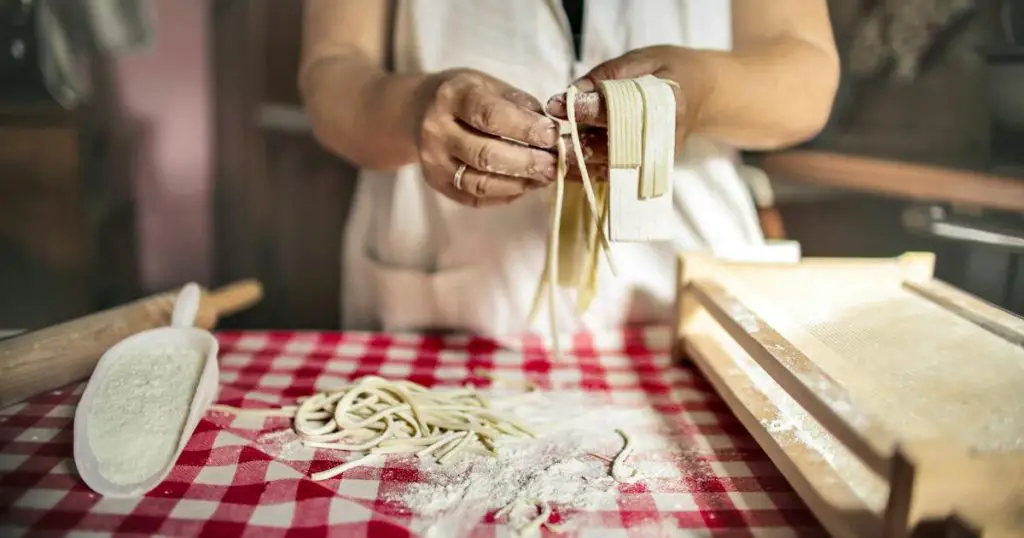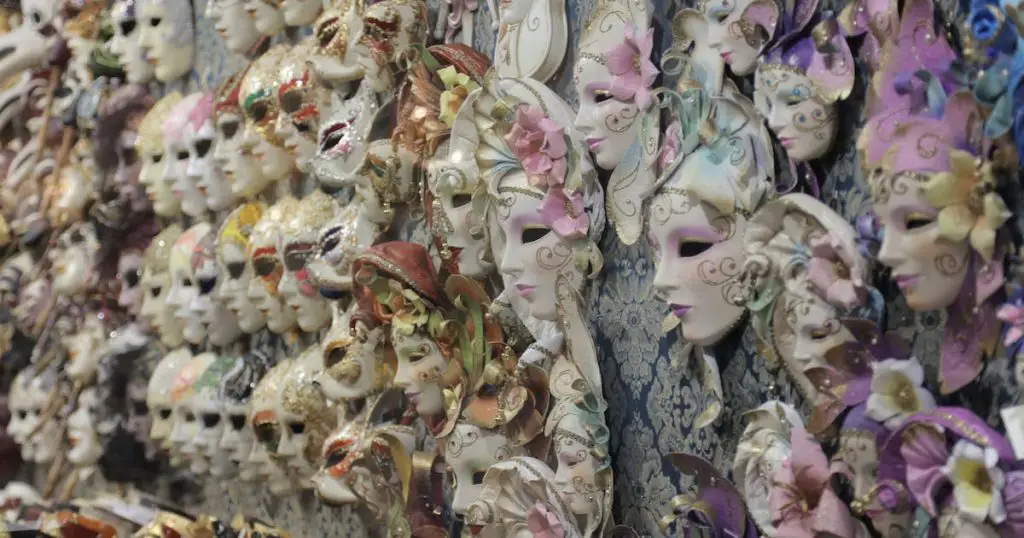The Yavapai-Prescott Indian Tribe, renowned for its rich cultural heritage, has long been celebrated for its traditional arts and crafts. These artistic expressions, deeply rooted in the tribe’s history and identity, offer a window into their vibrant culture and enduring traditions.
From intricate basketry to stunning beadwork, the Yavapai-Prescott Indian Tribe’s traditional arts and crafts reflect a unique fusion of ancestral knowledge and contemporary influences, showcasing the tribe’s resilience and adaptability.
Discover what we have in store! Visit our product page now for exclusive deals and must-have items. Don't miss out!

This article delves into the heart of these traditions, exploring their significance, evolution, and ongoing legacy.
Historical Context
The Yavapai-Prescott Indian Tribe has a storied past, marked by resilience and adaptation. Their arts and crafts, passed down through generations, are a testament to their rich history. These creative traditions have not only withstood the test of time but have also evolved, incorporating elements from neighboring tribes and other cultures.
The tribe’s arts and crafts have undergone significant transformation over the years. Originally serving functional and ceremonial purposes, they have now found new expressions and meanings in the modern era. This evolution is a mirror to the tribe’s journey, reflecting changes in their way of life and interactions with the outside world.
Traditional Arts and Crafts
The traditional arts and crafts of the Yavapai-Prescott Indian Tribe are a vivid tapestry of cultural expression, interweaving history, and modernity. These crafts, including basketry, pottery, textiles, beadwork, and jewelry making, are not just artifacts of a bygone era but living representations of the tribe’s enduring legacy and evolving identity.
Each piece, whether a woven basket, a clay pot, or a beaded necklace, tells a story of the tribe’s connection to the land, their ancestors, and their continuing journey.
Through these artistic expressions, the Yavapai-Prescott Indian Tribe maintains a vibrant dialogue between their past and the present, preserving their unique heritage while adapting to the changing world.
Basketry
Basketry is a cornerstone of the tribe’s artistic heritage. Crafted from native plants, these baskets are more than just utilitarian objects; they are a canvas for storytelling. The designs and patterns woven into each basket are symbolic, often representing tribal myths and natural elements.
The materials and techniques used in basket weaving are as diverse as the stories they tell. From the gathering of willow and devil’s claw to the intricate weaving patterns, each step is imbued with cultural significance. These baskets are not just artifacts; they are a living connection to the tribe’s ancestral past.
Pottery
Yavapai-Prescott pottery, with its distinct styles and forms, reflects a deep connection to the land. Traditional pottery often features natural pigments and designs inspired by the surrounding landscape. The art of pottery making passed down from generation to generation, has evolved to include modern styles while still honoring traditional methods.
Contemporary tribal artists are reimagining pottery by infusing modern techniques and aesthetics. This fusion of old and new keeps the tradition alive, ensuring its relevance in today’s world. Pottery workshops and exhibitions offer a glimpse into this dynamic art form, attracting enthusiasts and collectors alike.
Textiles
Weaving is a sacred art in the tribe, with textiles playing a crucial role in various aspects of tribal life. From clothing to ceremonial items, textiles are a vibrant expression of the tribe’s artistic skill and cultural identity.
The techniques used in textile creation are as varied as the patterns they produce. Weavers use natural dyes and fibers, creating pieces that are both functional and symbolic. The motifs woven into these textiles often tell stories or represent important tribal symbols, preserving the tribe’s heritage through each thread.
Beadwork
Beadwork is another facet of the tribe’s artistic repertoire. Utilizing tiny beads, artisans create intricate designs and patterns that adorn clothing, accessories, and ceremonial items. Each beadwork piece is a labor of love, often taking hours or even days to complete.

The symbolism in beadwork is profound, with colors and patterns holding specific meanings. These designs are not just decorative; they convey messages, tell stories, and maintain the tribe’s cultural narratives.
Jewelry Making
Jewelry making in the Yavapai-Prescott Tribe blends traditional materials like turquoise and silver with contemporary designs. This art form is a testament to the tribe’s adaptability, embracing new styles while staying true to traditional aesthetics.
Traditional jewelry often holds spiritual or protective significance, with each piece carefully crafted to reflect tribal values and beliefs. Contemporary tribal jewelers are exploring new materials and techniques, creating pieces that appeal to a wide audience while honoring their heritage.
Cultural Significance
Arts and crafts are deeply embedded in the tribe’s rituals and ceremonies. They are not mere decorations but integral components of these sacred practices, embodying the tribe’s spiritual beliefs and cultural values.
These artistic traditions play a crucial role in preserving the tribe’s history. Through their crafts, the Yavapai-Prescott people keep their stories alive, passing them down to future generations. Art serves as a powerful medium for storytelling, capturing the essence of the tribe’s rich heritage.
Contemporary Scene
The contemporary art scene within the tribe is a vibrant mix of tradition and innovation. Modern influences have found their way into traditional crafts, creating a unique blend that appeals to both tribal members and outsiders.
Prominent contemporary artists from the tribe are gaining recognition for their work, showcasing their heritage on national and international stages. These artists are ambassadors of their culture, bringing tribal arts to a broader audience.
Globalization has impacted tribal arts in various ways. While it has opened new markets and inspired contemporary designs, it also poses challenges in maintaining the authenticity and cultural integrity of these crafts. The tribe’s artists and artisans are navigating this global landscape, striving to balance tradition and modernity in their work.
Preservation and Education
Preserving the tribe’s traditional arts is a vital endeavor. Several initiatives are in place to ensure these crafts do not vanish. Workshops, mentorship programs, and community events are organized regularly to teach the younger generation these valuable skills.
Educational programs and workshops play a crucial role in keeping these traditions alive. By engaging both tribal members and the public, they foster a deeper understanding and appreciation of these crafts. Museums and cultural centers also contribute significantly, showcasing the tribe’s artistic heritage and educating visitors about their cultural significance.
Economic Impact
The production and sale of arts and crafts are significant sources of income for many tribal members. These activities not only provide financial stability but also help in the preservation of cultural heritage.
Tourism plays a pivotal role in the craft market. Visitors are drawn to the tribe’s unique artistic expressions, providing a crucial market for artisans. However, this demand also brings challenges, such as the risk of commercialization and loss of cultural authenticity.
Legal and Ethical Considerations
Protecting the intellectual property rights of indigenous arts is critical. There are ongoing efforts to ensure that the tribe’s artistic creations are not exploited or misappropriated. This includes educating both creators and consumers about the legal and ethical aspects of indigenous art.
The marketing of tribal arts involves ethical considerations. It’s important to ensure that these practices are respectful and beneficial to the tribe. This includes fair compensation for artisans and accurate representation of the cultural significance of their work.
Future Prospects
The sustainability of traditional arts in the modern world is a subject of much discussion. The tribe faces the challenge of preserving their heritage while adapting to contemporary trends and demands.

Encouraging the younger generation to continue these traditions is crucial. By instilling a sense of pride and cultural identity, the tribe can ensure the longevity of their artistic legacy. Innovations in tribal arts and crafts also hold potential, offering new ways to keep these traditions relevant and vibrant.
FAQs
In this section, we will be delving into some of the most common inquiries and curiosities that surround our topic.
What are the most recognized traditional crafts of the Yavapai-Prescott Tribe?
Basketry, pottery, textiles, beadwork, and jewelry making are among the most recognized crafts of the tribe.
How has modern technology influenced traditional Yavapai-Prescott crafts?
Modern technology has introduced new materials and tools, leading to innovative designs and techniques while still preserving traditional methods.
What are some ways to ethically purchase and support tribal arts?
Purchasing directly from tribal artisans or reputable galleries, ensuring fair compensation, and understanding the cultural significance of the pieces are ways to support ethically.
Conclusion: Yavapai-Prescott Indian Tribe’s Traditional Arts and Crafts
The Yavapai-Prescott Indian Tribe’s traditional arts and crafts are not just artistic expressions; they are the bearers of history, culture, and identity. As we’ve explored, these crafts are deeply intertwined with the tribe’s way of life, reflecting their past, present, and hopes for the future.
By understanding and appreciating these artistic traditions, we can all play a part in ensuring their survival and continued relevance in the modern world.



Leave a Comment
You must be logged in to post a comment.